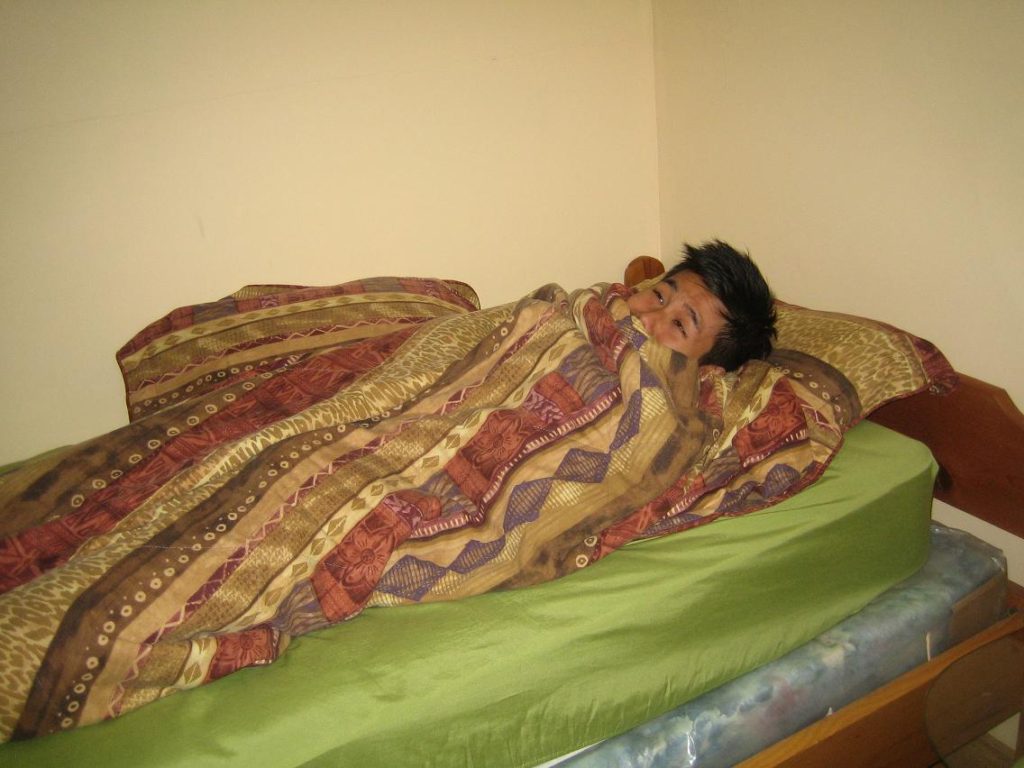Hypothermia can happen not only to exposure to extreme cold, but also among the elderly, those with poor health with medical conditions that weakens the ability of the body to maintain the body temperature. Generally, hypothermia can be categorized as primary or secondary.
Primary hypothermia happens in healthy people who are not properly wearing clothes and are exposed to severe cold. In addition, secondary hypothermia happens to people suffering from illnesses such as diabetes, ethanol intoxication, sepsis, hypoglycemia, uremia and malnutrition where the ability to maintain body temperature becomes weak.

Symptoms of severe hypothermia
- At first, the body is violently shaking and pauses which is an indication that the body is struggling in generating heat but not compensated.
- The skin becomes pale along with dilated pupils
- Hallucinations
- Shivering and convulsions when it becomes severe. Shivering is minimized when hypothermia sets in.
- Slurred speech
- Muscles and joints becomes stiff and movements becomes difficult
- The affected person becomes apathetic. Generally, he/she removes clothing in freezing temperatures which is a symptom of hypothermia.
- Drowsiness
- Tingling and numbness sensation in any areas of the body that is wet or exposed.
- In addition, development of frost nip which turns the skin reddened and eventually becomes blue and purple as frostbite sets in.
- Lastly, a fast pulse rate while the temperature of the body is 30 degrees Celsius.
Treatment
- Start removing wet clothing and replace with dry ones and cover the person with a blanket.
- Avoid rubbing the skin, moving the joints and letting him/her move around. If the affected person is conscious, give him/her lukewarm beverages such as water, juice or tea. Avoid giving caffeine or alcohol.
- Skin to skin contact is the best way to rewarm the affected victim. You can stay next to the victim. An electric blanket at the right temperature.
- Put a hat on the head of the affected person. Generally, heat from the body leaves through the head.
- If the person is unconscious without pulse, start cardiopulmonary resuscitation (CPR).
Tips
- Avoid factors that can cause hypothermia. Wear gloves, hats and cover up the body properly.
- Keep the body dry when outside in the cold. Avoid walking in ponds or lakes that looks frozen.
Disclaimer / More Information
The material posted on this page on hypothermia is for learning purposes only. Learn to recognize and manage environmental emergencies including hypothermia by taking a first aid and CPR class with one of our training providers.
FACT CHECK
https://en.wikipedia.org/wiki/Hypothermia
https://www.webmd.com/a-to-z-guides/what-is-hypothermia#1
https://www.mayoclinic.org/diseases-conditions/hypothermia/symptoms-causes/syc-20352682

